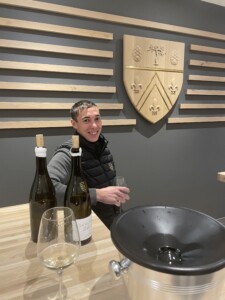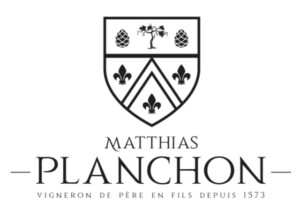Matthias Planchon

Matthias Planchon
About
Owner & winemaker: Matthias Planchon
Vineyards: 5.5ha across ten parcels, all family-owned
Vineyard management: Certified organic with biodynamic practices
Soils: Clay-limestone and clay with flint
Grapes grown: Sauvignon Blanc, Pinot Noir
Annual production: 22,000 bottles
Quick facts:
- The Planchon family has been growing grapes in Sancerre since 1573. Jules Emile Planchon, who discovered phylloxera in 1868, is one of Matthias’s ancestors.
- The wines seek to express the terroir of each individual parcel as well as the minerality of the limestone and flint soils, making what Matthias calls “l’eau de roche,” or “rock water.”
Matthias Planchon has lived in Sancerre for his whole life, and he is profoundly dedicated to showing the best of what the region has to offer. His family’s roots in the area run deep–the grape-growing tradition has been passed down from father to son since 1573. Matthias began working in the vineyards in 2012, and constructed his own cellar in 2018. 2019 was the first vintage he produced under his own label. He farms his five hectares of vines organically and biodynamically. “My philosophy is healthy vines for a wine of character,” he tells us. His plots are made up of the two “grands terroirs” of Sancerre, limestone and flint. Matthias prioritizes healthy soil and deep root systems, which allow the vines to express the maximum character of the terroir. “Good nutrition above all else,” he asserts.
He considers Sancerre to be like a “little Burgundy” when it comes to the ability of the wines to express the distinct character of each particular terroir. It’s for that reason that he vinifies each of his parcels separately. His white wines are taut and saline–what he calls “l’eau de roche,” or “rock water.” “Drinking ‘l’eau de roche’ allows you to be transported by the expression of the terroir,” he explains. For his red wines, he seeks to express the finesse of Pinot Noir. The white wines are aged on the fine lees in stainless steel tanks and large barrels for a year, then combined for another year in stainless steel tanks. The red wines are aged in a combination of ceramic tanks and 228L barrels for one year, then another year in stainless steel tanks.

